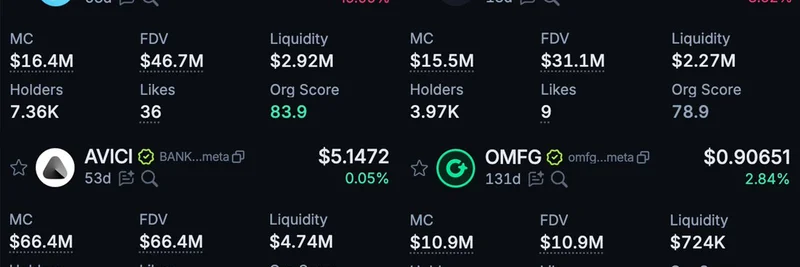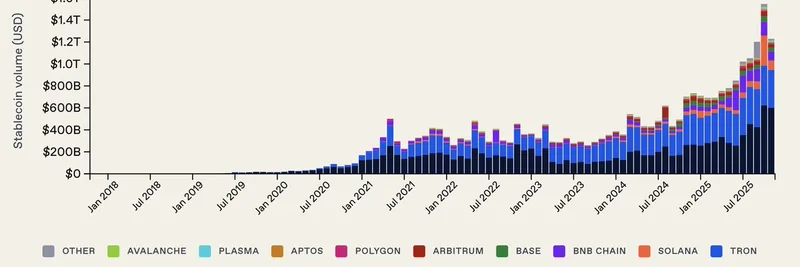Introduction
Hey there, crypto enthusiasts! If you’ve been hanging around the blockchain space for a while, you might have noticed a big shift in how projects are built and valued. Recently, a thought-provoking post by Gwart (@GwartyGwart) on X caught my eye, diving deep into why the crypto world is moving away from the "public goods" model toward something more profit-driven. Let’s break it down together and see what this means for the future of meme tokens and beyond!
The Public Goods Era: A Golden Decade?
For the first 10 years of crypto (roughly 2009–2019), the vibe was all about open-source projects and "public goods." Think of it like building roads or parks—stuff that benefits everyone, not just one company. Projects like Ethereum and early DeFi protocols thrived on this idea, where developers wrote code for the community and attached tokens to it, hoping the value would skyrocket. And guess what? It often did! This created a feedback loop: tokens went up, people got excited, and more projects followed suit.
Gwart nails it when he points out that this worked because the industry was still young and experimental. Back then, the "fat protocol thesis" (the idea that the infrastructure layer, not the apps, holds the real value) convinced many that building open-source infra was the golden ticket. But here’s the catch—public goods, by definition, don’t generate revenue. They rely on goodwill or speculative token pumps, which isn’t sustainable long-term.
The Shift to Profitability
Fast forward to today, and the game’s changed. As Udi Wizardheimer noted in the thread that sparked Gwart’s post, the biggest crypto success stories lately aren’t open-source anymore. Why? Because the market’s matured, and investors want projects that make money. Gwart argues this shift is jarring for those who grew up in the "token is the product" era (2016–2023), where the focus was on infrastructure with no clear monetization plan.
Take traditional tech as an example—companies like Red Hat or GitHub built on open-source foundations but then sold services (SaaS) to capture value. Crypto tried a shortcut with tokens, but as Gwart explains, hawking dubious tokens without a solid product didn’t pan out. Now, we’re seeing a push toward defensible moats and revenue streams, especially at the application layer where meme tokens and DeFi apps can actually print money.
Why the Old Playbook Failed
So, what went wrong? Gwart highlights a few key issues. First, the "public goods" model left projects vulnerable—anyone could fork the code, undermining long-term value. Second, the focus on infrastructure over apps meant many projects lacked a real path to profit. And third, the token hype often outpaced actual utility, leading to crashes when the bubble burst.
This resonates with comments in the thread, like itsjustcornbro’s take that "90% of infra launches obsolete" because they didn’t solve real problems. The lesson? Decentralization is cool, but it’s useless without a product that people need and are willing to pay for.
A Kinder View on the Past
Here’s where Gwart’s post gets interesting—he asks us to be sympathetic to those who bought into the old model. For years, building open-source code felt like a noble mission to "make the world a better place." The idea that projects needed to make money might feel like a betrayal to those indoctrinated in the early crypto church. But as the industry evolves, understanding this shift is key to staying ahead.
What’s Next for Crypto?
Looking forward, the thread suggests a hybrid approach might work. Projects like Gnosis, mentioned by koeppelmann.eth, are trying to keep the open-source spirit alive while building revenue-generating products. Meanwhile, the rise of meme tokens—with wild examples like a potential presidential memecoin supercycle—shows how the application layer is stealing the spotlight.
As toly 🇺🇸 jokingly points out, even competition between products with overlapping features (like Arbitrum vs. Ethereum) is a sign of a maturing market. The future likely lies in blending innovation with profitability, leaving the days of token-driven hype behind.
Final Thoughts
The crypto landscape is evolving, and Gwart’s post is a wake-up call for anyone still clinging to the old "public goods" playbook. Whether you’re a blockchain developer, a meme token trader, or just a curious newbie, understanding this shift is crucial. At Meme Insider, we’re here to help you navigate these changes with the latest insights and a rich knowledge base. Drop your thoughts in the comments—how do you see crypto evolving next?



